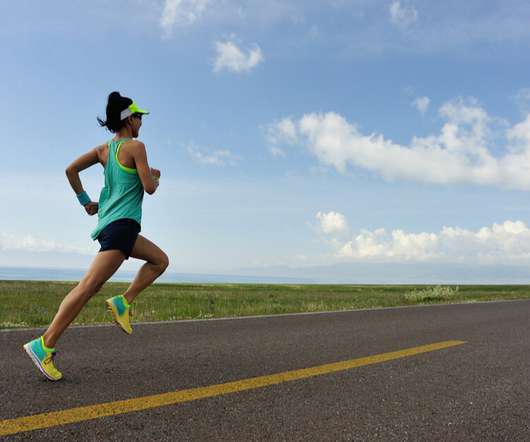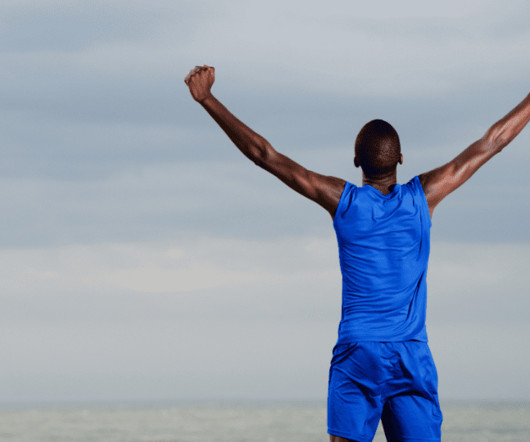Resolving Running-Related Injury
Informed Practitioner in Sport
OCTOBER 3, 2021
This is evident in a number of specialised anatomical features and is also reflected in our physiology ( Bramble and Lieberman 2004 ). On the contrary it has been pointed out that humans evolved to run, driven by survival pressures that specifically selected for the ability to sustain bipedal running locomotion over long distances.











Let's personalize your content